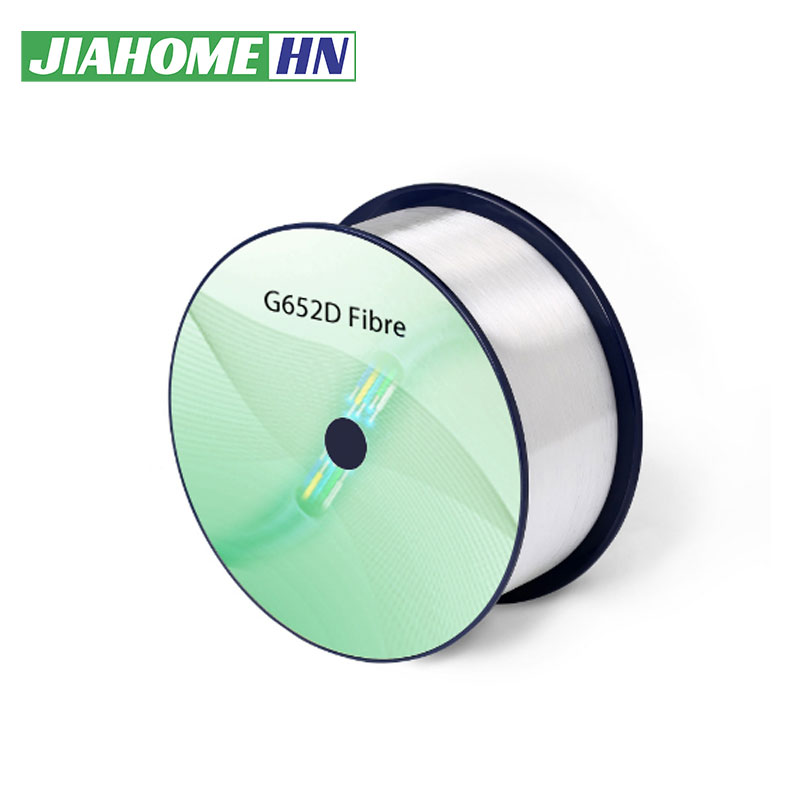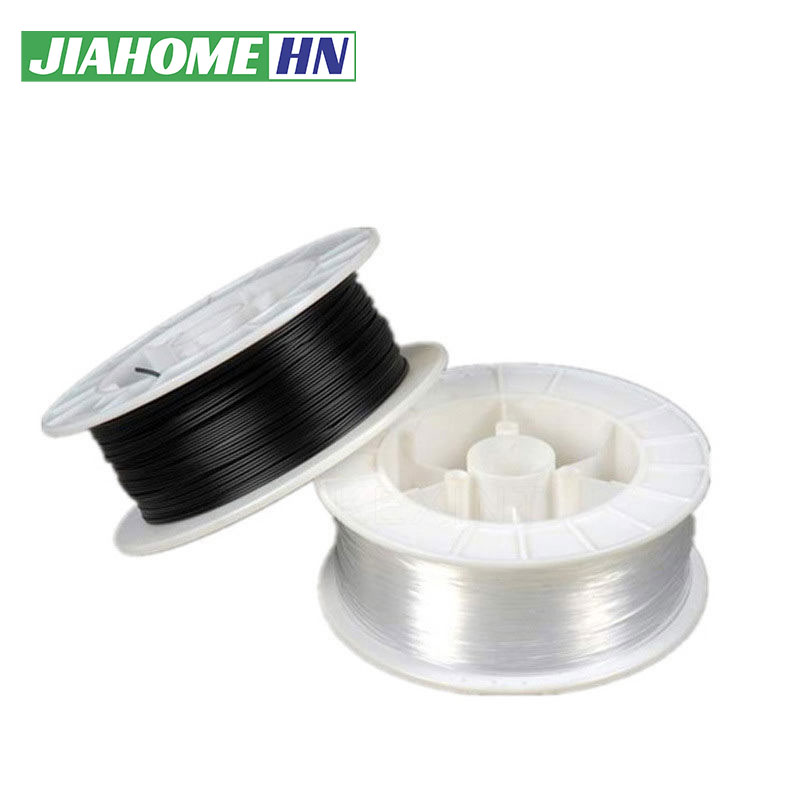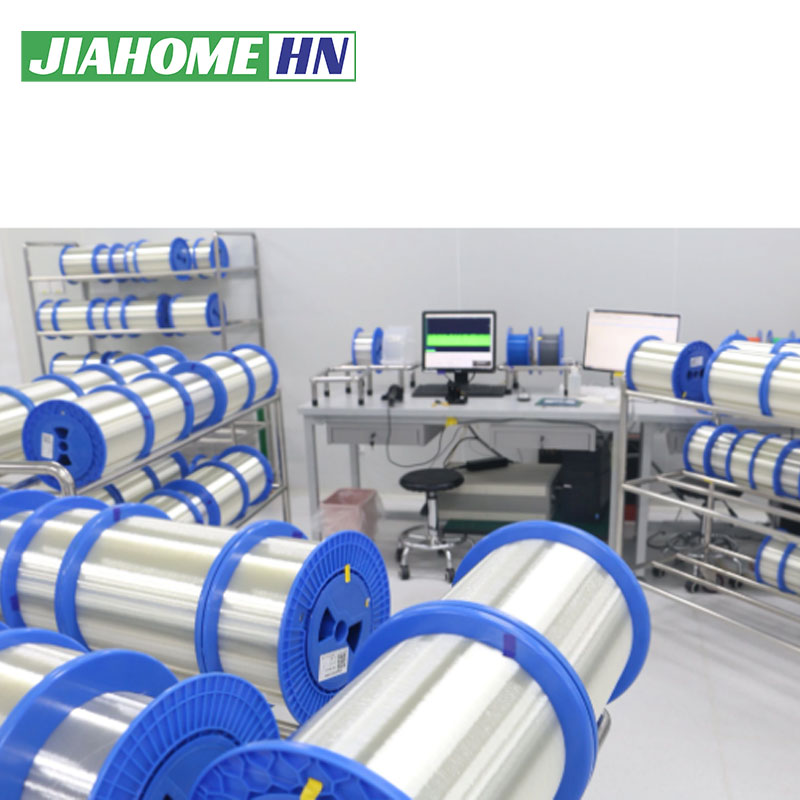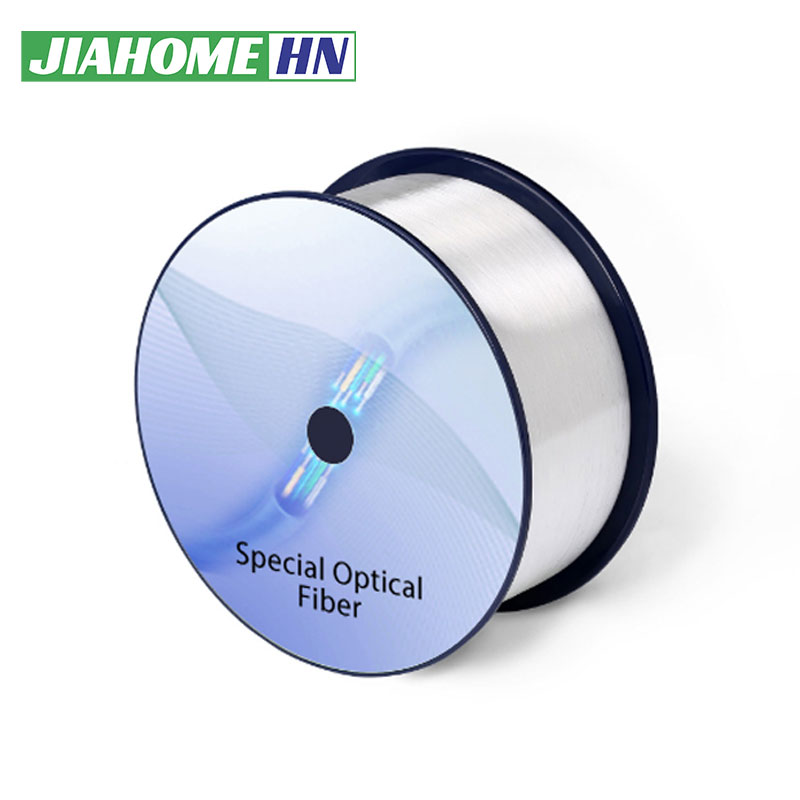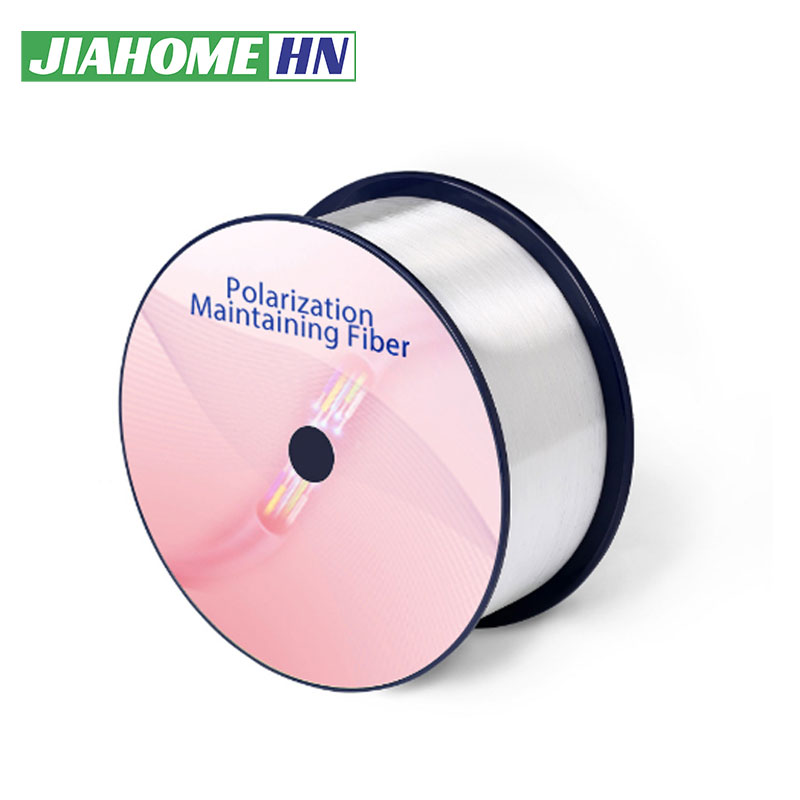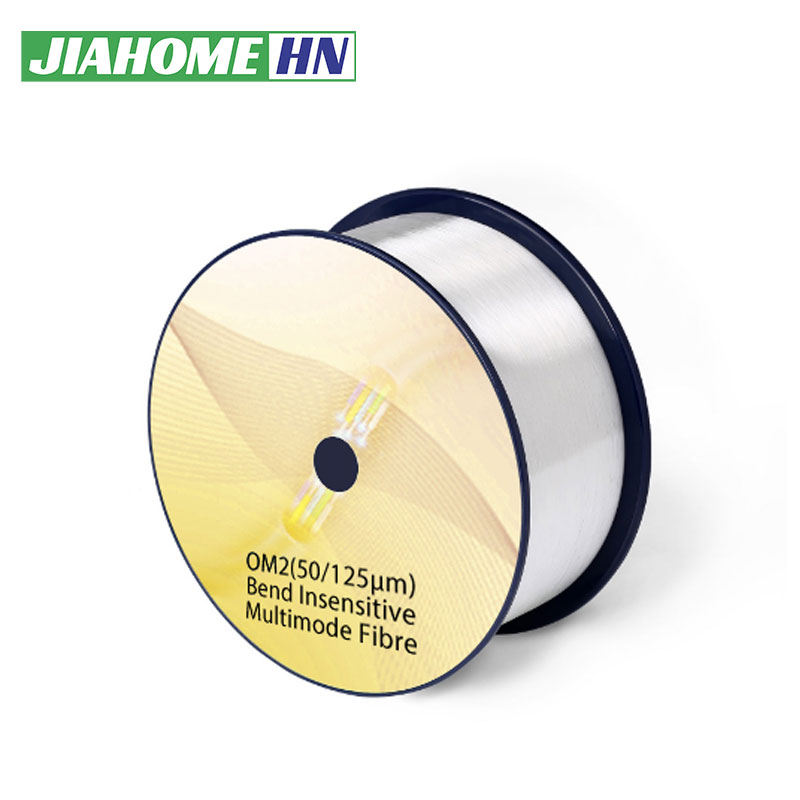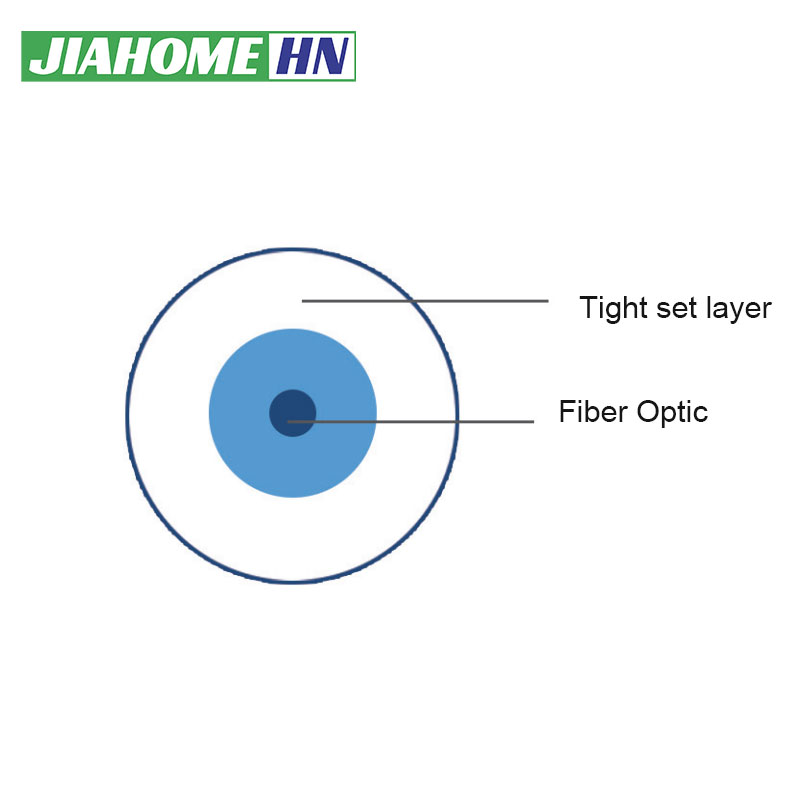SMF Single mode Optical Fibre Low Water Peak G652D
Video
Application
Thanks to its broad usable optical spectrum and outstanding optical performance, this fibre is the optimum choice that supports various applications such as Ethernet, Internet Protocol (IP), Asychronous Transfer Mode (ATM), Synchronous Optical Network (SONET) and Wavelength Division Multiplexing (WDM). this single mode fibre provides more bandwidth for backbone, metropolitan area and access networks.
CABLE DESIGN
Complies with or exceeds the ITU-T Recommendation G.652.D and the IEC 60793-2-50 typeB1.3 Optical Fibre Specification
| Characteristics | Conditions | Specified values | Units | |
| Optical Characteristics | ||||
|
Attenuation |
1310nm | ≤0.34 | [dB/km] | |
| 1383nm(after H-aging) | ≤0.34 | [dB/km] | ||
| 1550nm | ≤0.20 | [dB/km] | ||
| 1625nm | ≤0.24 | [dB/km] | ||
| Attenuation vs. Wavelength
Max. αdifference |
1285-1330nm,in reference to 1310nm | ≤0.03 | [dB/km] | |
| 1525-1575nm,in reference to 1550nm | ≤0.02 | [dB/km] | ||
|
Dispersion Coefficient |
1285-1340nm | -3.5to 3.5 | [ps/(nm ·km)] | |
| 1550nm | ≤18 | [ps/(nm ·km)] | ||
| 1625nm | ≤22 | [ps/(nm ·km)] | ||
| Zero Dispersion Wavelengtha) | 1300-1324 | [nm] | ||
| Zero Dispersion Slope(S₁) | ≤0.092 | [ps/(nm² ·km)] | ||
| Typical Value | 0.086 | [ps/(nm² ·km] | ||
|
PMD |
Maximum Individual Fibre | ≤0.1 | [ps/ √km] | |
| Link Design Value(M=20,Q=0.01%) | ≤0.06 | [ps/ √km] | ||
| Typical Value | 0.04 | [ps/ √km] | ||
| Cable Cutoff Wavelength ) | ≤1260 | [nm] | ||
| Mode Field Diameter(MFD) | 1310nm | 8.7-9.5 | [μm] | |
| 1550nm | 9.8-10.8 | [μm] | ||
| Effective Group Index of Refraction(Nen) | 1310nm | 1.466 | ||
| 1550nm | 1.467 | |||
| Point Discontinuities | 1310nm | ≤0.05 | [dB] | |
| 1550nm | ≤0.05 | [dB] | ||
| Geometrical Characteristics | ||||
| Cladding Diameter | 125.0±0.7 | [μm] | ||
| Cladding Non-Circularity | ≤1.0 | [%] | ||
| Coating Diameter | 235-250 | [μm] | ||
| Coating-Cladding Concentricity Error | ≤12.0 | [μm] | ||
| CoatingNon-Circularity | ≤6.0 | [%] | ||
| Core-Cladding Concentricity Error | ≤0.6 | [μm] | ||
| Curl(radius) | ≥4 | [m] | ||
| Delivery Length | Upto 50.4 | [km/reel] | ||
| Environmental Characteristics 1310nm,1550nm &1625nm | ||||
| Temperature Dependence Induced Attenuation | -60℃to+85℃ | ≤0.05 | [dB/km] | |
| Temperature-Humidity Cycling Induced Attenuation | -10℃to+85℃,98% RH | ≤0.05 | [dB/km] | |
| Water Immersion Dependence Induced Attenuation | 23℃, for30 days | ≤0.05 | [dB/km] | |
| Damp Heat Dependence Induced Attenuation | 85℃and 85% RH, for30 days | ≤0.05 | [dB/km] | |
| DryHeatAging | 85℃, for30 days | ≤0.05 | [dB/km] | |
| Mechanical Specifications | ||||
|
Proof Test |
≥9.0 | [N] | ||
| ≥1.0 | [%] | |||
| ≥100 | [kpsi] | |||
|
Macro-bend Induced Loss |
100 TumsAroundaMandrel of30 mm Radius | 1625nm | ≤0.05 | [dB] |
| 100 TumsAround a Mandrel of 25mm Radius | 1310nm and 1550nm | ≤0.05 | [dB] | |
| 1TumAroundaMandrel of 16 mm Radius | 1550nm | ≤0.05 | [dB] | |
| Coating Strip Force | typical average force | 1.5 | [N] | |
| peak force | 1.3-8.9 | [N] | ||
| Dynamic Fatigue Parameter (n,) | ≥20 | |||


Write your message here and send it to us
HOT-SALE PRODUCT
Outdoor optical cable, indoor optical cable, indoor armored optical cable, air-blown optical cable, OPGW, optical jumper, etc.

